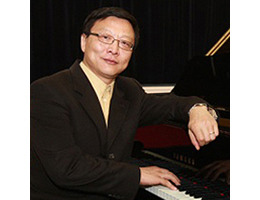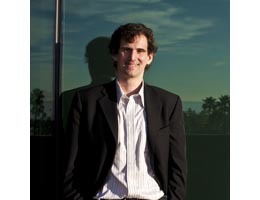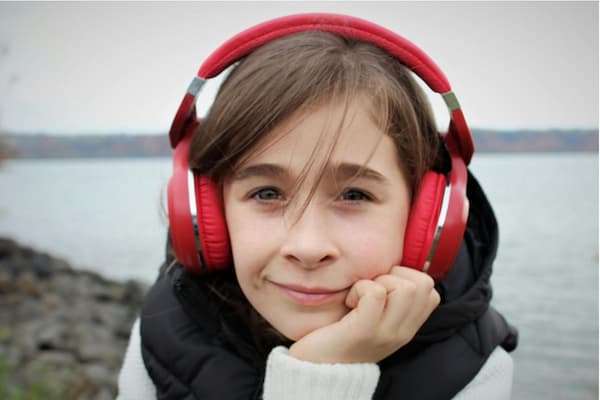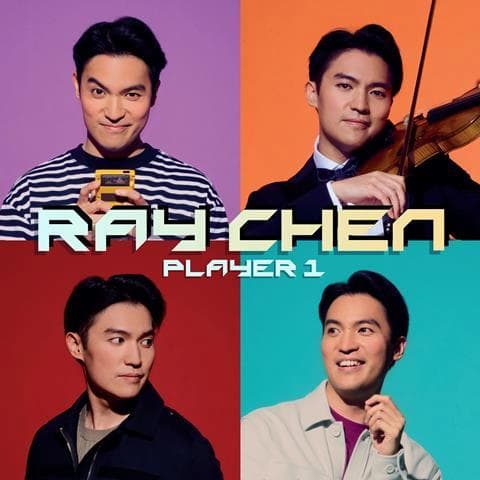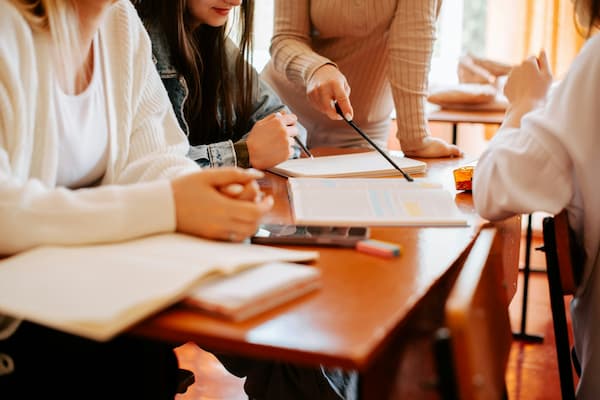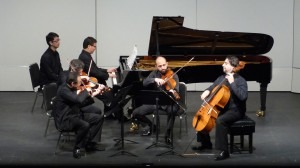
World Premiere Concert 1
Both nights I heard people wonder aloud why contemporary music has to be the way it is, riddled with complex tonalities, polyrhythms and unconventional melodic contours. Both nights I found myself enjoying the second half of the performance just that little bit more, breathing a tiny sigh of relief because it was Dvorak and something I understand. (Both the Piano Quintet No. 2 in A Major, Op. 81 on April 28 and String Quintet No. 2 in G Major, Op. 77 B. 49 on May 5 were superbly performed by the Quartetto di Cremona, Cho Liang Lin and Edgar Meyer.)
The first night’s concert opened with Roger Zare’s Geometries, a tranquil two-movement work that tries to imitate geometric ideas using musical lines, followed by Dai Bo’s Kong Gu You Lan, yet another atmospheric piece that uses many techniques to showcase complex counterpoints and harmonies. I have had the opportunity to listen to a recorded version of Geometries and loved the musical, almost orchestral quality of the piece, but live performances did not do the original compositions justice; both Zare and Dai’s composition left only fleeting impressions. Lin (violin), who accompanied Dai’s piano on the violin, was also unfortunately positioned, blocking most of the composer-pianist during the performance, although his skill and virtuoso are unrivaled.
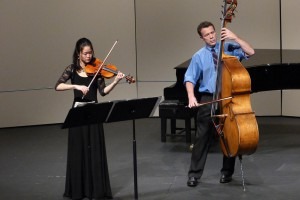
World Premiere Concert 2
Bright Sheng’s Three Fantasies was another delight of the night. Lin’s attachment to the piece is evident. He premiered the work in 2006 and Sheng had dedicated the work to him. His duet with Nolan Pearson on the piano was flawless, drawing out melodies that were both haunting and simple.
Personally, I enjoyed the second concert more than I did the first, not because the composers’ pieces weren’t great in the first one, but because the musical aesthetics of the second concert was much more varied and interesting. The night began with Steven Snowden’s The Devil’s Nine Questions, performed by Pearson and the Quartetto di Cremona, a wonderfully dynamic and visual piece about a young girl posing questions to the devil. Eli Marshall’s Duo: in cerca was another energetic piece, essentially a dialogue between the violin (Katie Hyun) and the viola (Simone Gramaglia) so intense that Gramaglia’s string broke at the climax of the piece and he had to stop the performance with a quick apology and rush off the stage to fix his instrument. It was a rather unfortunate incident, because the momentum lost at that moment never fully returned. Charles’ Halka’s Round and Round, inspired by a particular rhythmic pattern, was slightly more abstract than the first two pieces, but just as rhythmic and fast-paced.
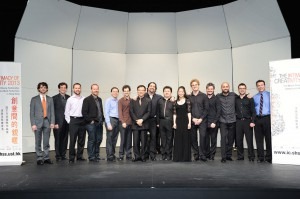
World Premiere Concert 2
Both of the concerts were a joy to listen to. The first one was calmer, shriller perhaps, while the second concert felt much more playful. Perhaps it had to do with the fact that the second concert showcased the performers more prominently, where performance was really their forte and their energy shone through. Nevertheless, The Intimacy of Creativity ended on a successful note, and since founder Bright Sheng proclaimed that this season might be their best yet, I might be inclined to agree.
The Intimacy of Creativity 2013

